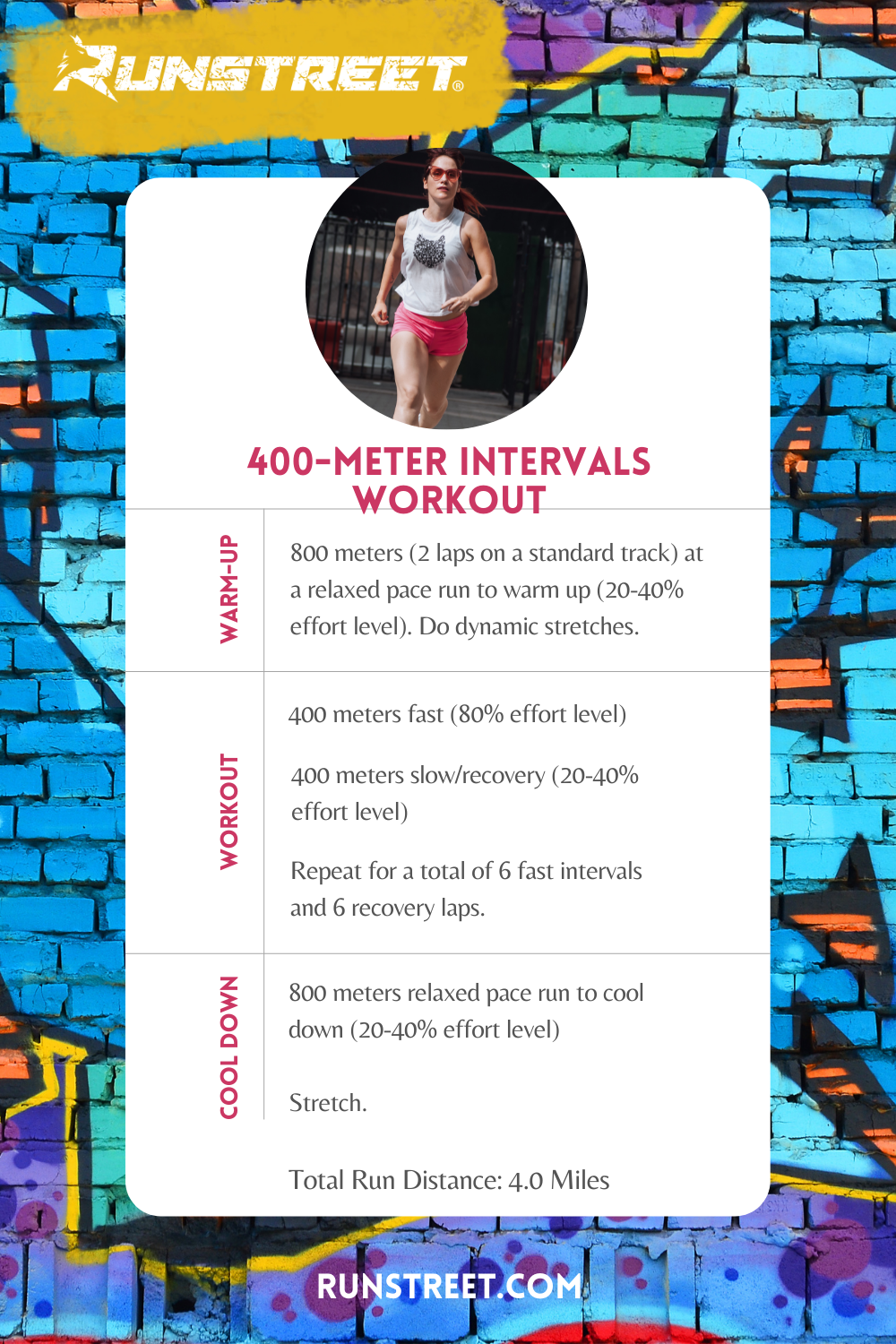The Ultimate Overview to Handling Discomfort When Running
Whether you are a skilled marathoner or simply starting your running journey, understanding the numerous kinds of discomfort that can occur and the strategies to resolve them is critical. From pre-run warm-up routines to appropriate footwear selection, there are various aspects to think about when it comes to dealing with pain while running.

Recognizing Different Kinds of Running Discomfort
When running, it is vital to identify between different sorts of discomfort to protect against injuries and make best use of efficiency (Read More). One usual kind of discomfort that joggers may experience is muscle soreness, which typically arises from the stress placed on muscles during workout. This kind of discomfort is frequently a typical part of the running process and can be handled with proper warm-up, cool-down, and stretching routines
One more kind of pain to be knowledgeable about is joint pain. Joint discomfort can suggest problems such as overuse, incorrect type, or underlying conditions like arthritis. Neglecting joint pain can bring about extra serious injuries, so it is essential to attend to any type of pain immediately and perhaps seek professional suggestions.
Additionally, sharp or stabbing discomforts ought to not be overlooked. These sorts of discomfort can signal acute injuries such as stress, strains, or anxiety fractures - running strategy. Remaining to run with these sorts of discomfort can intensify the injury and lengthen recovery time

Pre-Run Workout and Stretching Routine
To prepare the body for a running session, executing an efficient pre-run workout and stretching routine is essential. An appropriate warm-up aids boost blood circulation to the muscular tissues, improves adaptability, and minimizes the danger of injury during the run. By incorporating a regular pre-run workout and extending regular into your running program, you can maximize efficiency and reduce the threat of discomfort or injury.
Correct Shoes Selection and Fit
When choosing operating shoes, it is vital to think about variables such as foot type, running stride, arch support, padding, and shoe dimension. Seeing a specialized running shop for a gait analysis and specialist fitting can assist make certain that you select the right footwear for your private requirements. Spending in top quality footwear that is ideal for your running design and foot anatomy is an aggressive step in the direction of preventing pain and injuries throughout your runs.
Nutrition and Hydration Tips for Discomfort Avoidance
:max_bytes(150000):strip_icc()/HIIT-treadmill-workout-promo-04629651f9fc4854a8afca1c29ba528a.jpg)
Hydration is similarly essential for runners to stay clear of pains, dehydration, and other pains that can lead to pain during running. By prioritizing nutrition and hydration, joggers can enhance their performance, decrease discomfort, and delight in a more comfortable running experience.
Post-Run Recovery Techniques to Ease Discomfort
Carrying out effective recovery methods is necessary for alleviating pain and promoting muscle recovery after running sessions. Additionally, icing sore areas for 15-20 minutes can help reduce inflammation and numb pain post-run.
Moisturizing appropriately post-run is essential for renewing liquids shed throughout workout and assisting in muscular tissue recuperation. Consuming a balanced snack or dish that includes protein and carbohydrates within 30 minutes of completing a run can assist fix muscle tissue and restore power stores. In addition, obtaining sufficient rest is important for allowing the body to fix and strengthen muscular tissues. Including energetic healing activities such as light strolling or swimming can also aid advertise blood circulation and minimize muscular tissue tightness - Read More. By integrating these post-run healing methods into your routine, you can properly handle pain and optimize your running efficiency.
Final Thought
To conclude, addressing different kinds of running pain through proper warm-up, stretching, footwear selection, nutrition, hydration, and post-run recovery strategies is important for discomfort avoidance and administration. By recognizing the root causes of pain and applying these methods, joggers can lessen discomfort and possible injuries. It is vital to focus on general physical health and well-being to make sure a successful and enjoyable running experience.